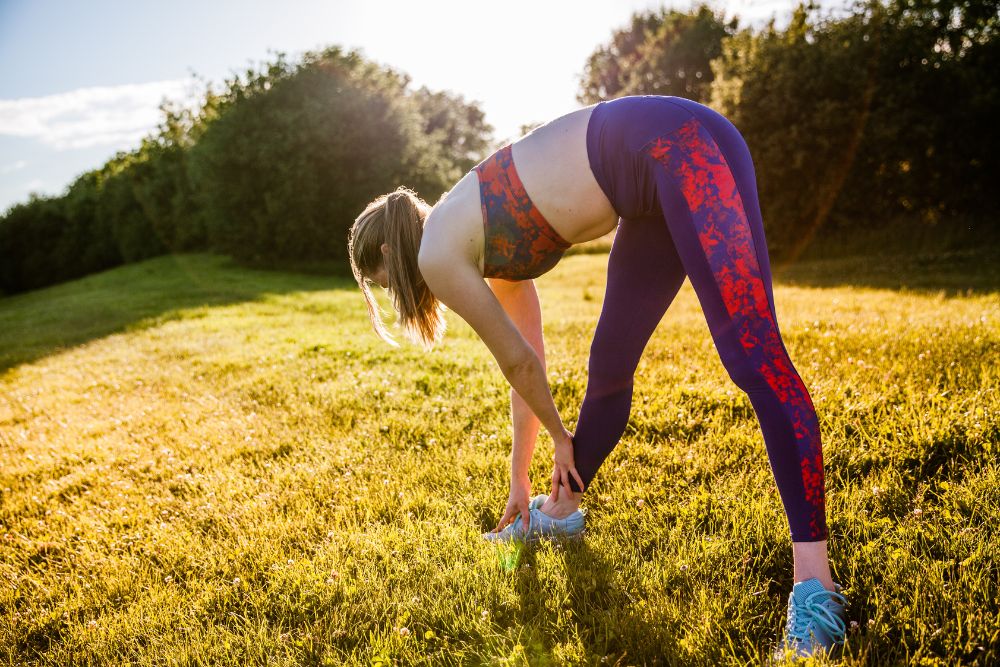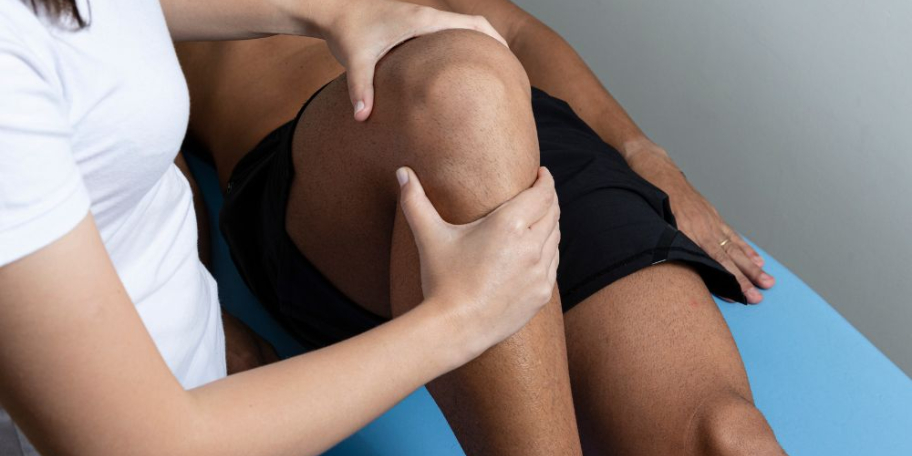As the Weather Warms Up, Keep These Injury Prevention Tips in Mind

Now that the days are longer and the weather’s warming up, a lot of us are getting outside more, moving our bodies, and shaking off the sluggishness of winter. Whether you’re easing back into walking, joining a gym, or just spending more time on your feet, it’s important to stay mindful of how your body feels. After all, injuries can creep in fast when activity ramps up suddenly. Here are some tips to help you stay healthy, active, and pain-free this spring.
Tips for Safely Increasing Physical Activity
1. Start Slow and Steady
After a period of reduced activity, it's tempting to dive back into intense workouts. However, sudden increases in activity can lead to injuries. Begin with low-impact exercises like walking or gentle yoga, gradually increasing intensity and duration over time. This approach allows your body to adapt and reduces the risk of overuse injuries.
2. Warm-Up and Cool Down
Incorporate a proper warm-up before exercising to prepare your muscles and joints. Activities like light jogging or dynamic stretching increase blood flow and flexibility. Equally important is a cool-down period post-exercise, which helps in gradual recovery and reduces muscle soreness.
3. Listen to Your Body
Pay attention to how your body responds to increased activity. Mild soreness is normal, but persistent pain is a warning sign. If you experience discomfort that doesn't subside with rest, it's crucial to consult a healthcare professional.
Common Springtime Injuries
Plantar Fasciitis
This condition involves inflammation of the plantar fascia, the tissue connecting your heel to your toes. Symptoms include sharp heel pain, especially during the first steps in the morning. Risk factors include, but are not limited to, overuse, exercising without stretching or warming up, and sudden increases in activity. Treatment options range from stretching exercises and orthotics to physical therapy.
Pulled Muscles
Muscle strains happen when muscles are overstretched or torn, often due to sudden movements or skipping a warm-up. Common areas include the hamstrings, back, and shoulders. Initial treatment usually includes rest, ice, compression, and elevation (RICE), followed by gradual return to movement.
Sprains
Sprains occur when ligaments—tissues that connect bones—are stretched or torn, often in the ankle or wrist. They’re common when people jump back into activities too quickly or exercise on uneven ground. Symptoms include swelling, bruising, and limited mobility. Mild sprains can heal with rest and home care, but more severe ones may require bracing or physical therapy.
When to See a Pain Specialist vs. Rest and Recovery
Most minor aches and pains will improve with time, but sometimes professional help is needed to fully heal and prevent further injury. Here’s how to tell the difference.
Opt for rest and self-care when:
- Pain is mild and improves with rest.
- Discomfort subsides within a few days.
- You can perform daily tasks without significant difficulty.
Consult a pain specialist if:
- Pain persists beyond a few weeks despite self-care measures.
- Discomfort interferes with daily activities or sleep.
- You experience numbness, tingling, or radiating pain.
- Over-the-counter medications provide little to no relief.
Ready to Embrace Spring Safely?
Don't let preventable injuries hinder your springtime activities. If you're experiencing pain or need guidance on safely increasing your physical activity, contact Visco Spine & Joint Center today. Our experts are here to support your journey to optimal health and wellness.




